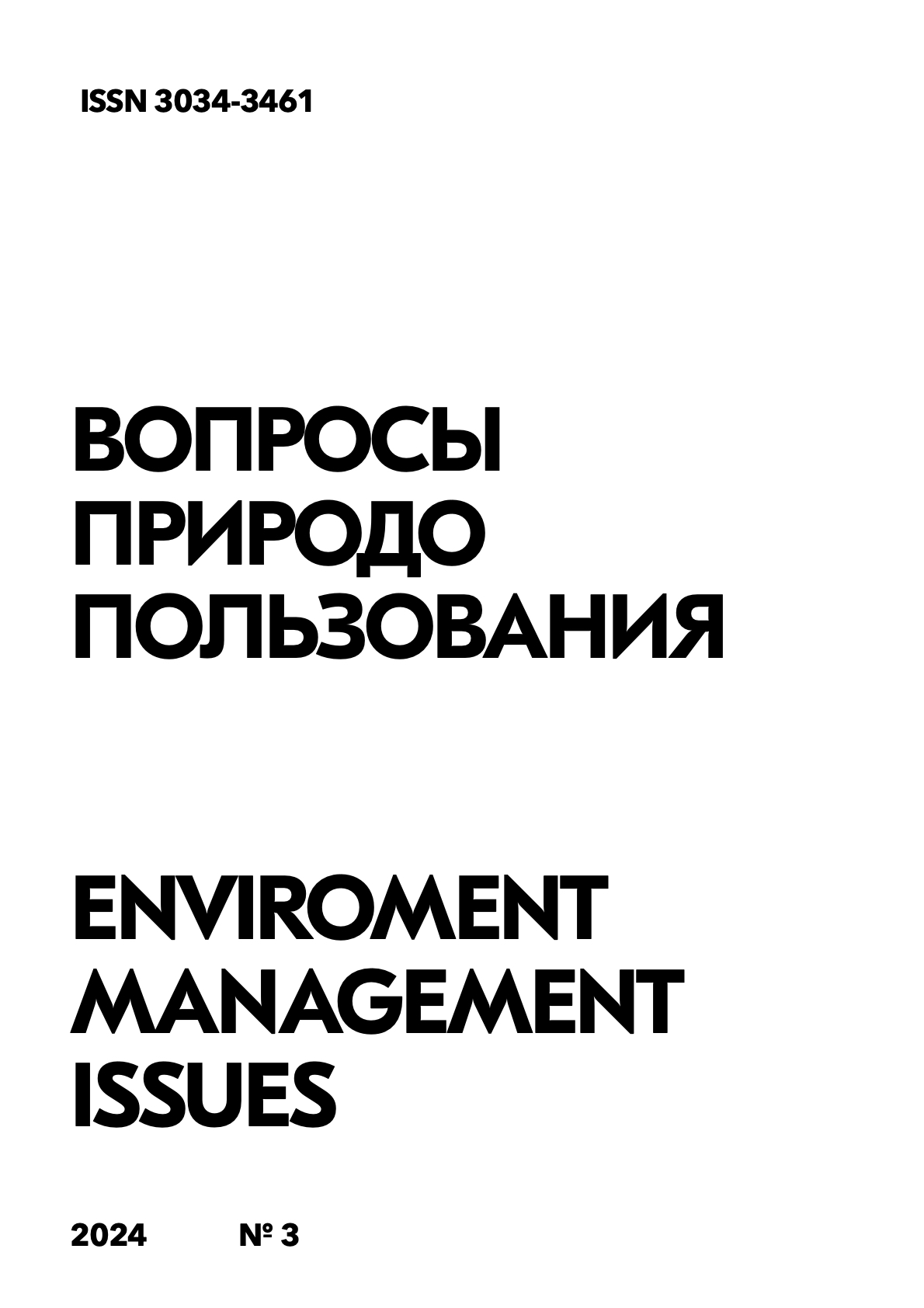The role of the cellular microenvironment in the development of tumor processes: histological and pathological aspects
Keywords:
body, blood vessels, process, angiogenesis, factorAbstract
In recent years, the significance of the cellular microenvironment in the development of tumor processes has become one of the key topics in oncological research. The cellular microenvironment represents a complex system that includes stromal cells, the extracellular matrix, and the vascular and immune systems. Understanding the interactions between tumor cells and their microenvironment can offer new approaches to cancer diagnosis and therapy. The study was based on histological and pathological analyses of tumor samples of various types and stages. Methods of immunohistochemistry, fluorescent microscopy, and genetic change analysis were used. In vitro experiments were also conducted using cell cultures and co-cultures to model interactions between tumor cells and elements of the microenvironment. The obtained data demonstrated that the cellular microenvironment actively participates in the tumor formation process and contributes to the progression of the tumor process. In particular, fibroblasts, macrophages, and other stromal cells, as well as the extracellular matrix, play a significant role in maintaining the growth and invasive properties of tumor cells. Based on the conducted experiments, it was revealed that changing the composition of the microenvironment can both inhibit and stimulate tumor development. An important observation was the influence of inflammatory processes in the microenvironment on the aggressiveness of tumor cells. The results of the study confirm the hypothesis that the cellular microenvironment not only supports the viability of tumor cells but also actively regulates their behavior. This opens up prospects for the development of new therapeutic strategies aimed at targeting elements of the microenvironment. At the same time, further research is needed for a deeper understanding of these processes, including clinical trials and the development of in vivo microenvironment models. The study emphasizes the importance of considering the cellular microenvironment when studying tumor formation mechanisms and developing anti-tumor therapies. Improving the understanding of interactions in the microenvironment may contribute to the creation of more effective methods for treating various types of cancer.
References
ктанова А.А., Быкова М.В. Мини-обзор: клетки опухолевого микроокружения и их механизмы избегания иммунной системы // Проблемы современной науки и инновации. 2023. № 6. С. 30-41.
Бойко Е. В., Джанклич С.М., Хасанов Ш.Т. Роль микроокружения в формировании раковых клеток при почечно-клеточном раке // Журнал теоретической и клинической медицины. 2022. № 4. С. 114-117.
Зяблицкая Е.Ю., Кубышкин А.В., Сорокина Л.Е. Клеточное микроокружение как объект таргетной терапии злокачественных новообразований // Успехи молекулярной онкологии. 2023. Т. 10. № 4. С. 8-20.
Ковалева О.В., Подлесная П.А., Петренко А.А., Грачев А.Н. Состав и фенотип опухолевой стромы как маркер прогноза заболевания // Злокачественные опухоли. 2022. Т. 12. № 3 S1. С. 3-8.
Макарова Е.В., Сеньчукова М.А., Волченко Н.Н. Особенности паренхимы и стромы опухоли и их корреляции с разными типами опухолевых микрососудов и отдаленными результатами лечения при раке шейки матки I-IIА стадии // Новости клинической цитологии России. 2021. Т. 25. № 2. С. 5-11.
Мнихович М.В., Безуглова Т.В., Ерофеева Л.М. Васкулогенная мимикрия в опухолях -современное состояние вопроса // Вопросы онкологии. 2022. Т. 68. № 6. С. 700-707.
Молчанов О.Е., Майстренко Д.Н., Гранов Д.А. Особенности микроокружения онкоурологических опухолей // Урологические ведомости. 2022. Т. 12. № 4. С. 313-331.
Сазонов С.В. Некоторые закономерности пролиферации клеток при старении организма и при развитии патологии // Гены и клетки. 2022. Т. 17. № 3. С. 203.
Тилляшайхов М.Н., Камышов С.В., Нишонов Д.А. Роль экстраопухолевой гетерогенности при почечно-клеточном раке // Клиническая и экспериментальная онкология. 2021. № 1. С. 33-38.
Юшков Б.Г. Нарушения взаимодействия клеток-предшественниц и их микроокружения как основа патологии // Гены и клетки. 2022. Т. 17. № 3. С. 269.
Published
How to Cite
Issue
Section
License

This work is licensed under a Creative Commons Attribution-NonCommercial-NoDerivatives 4.0 International License.




